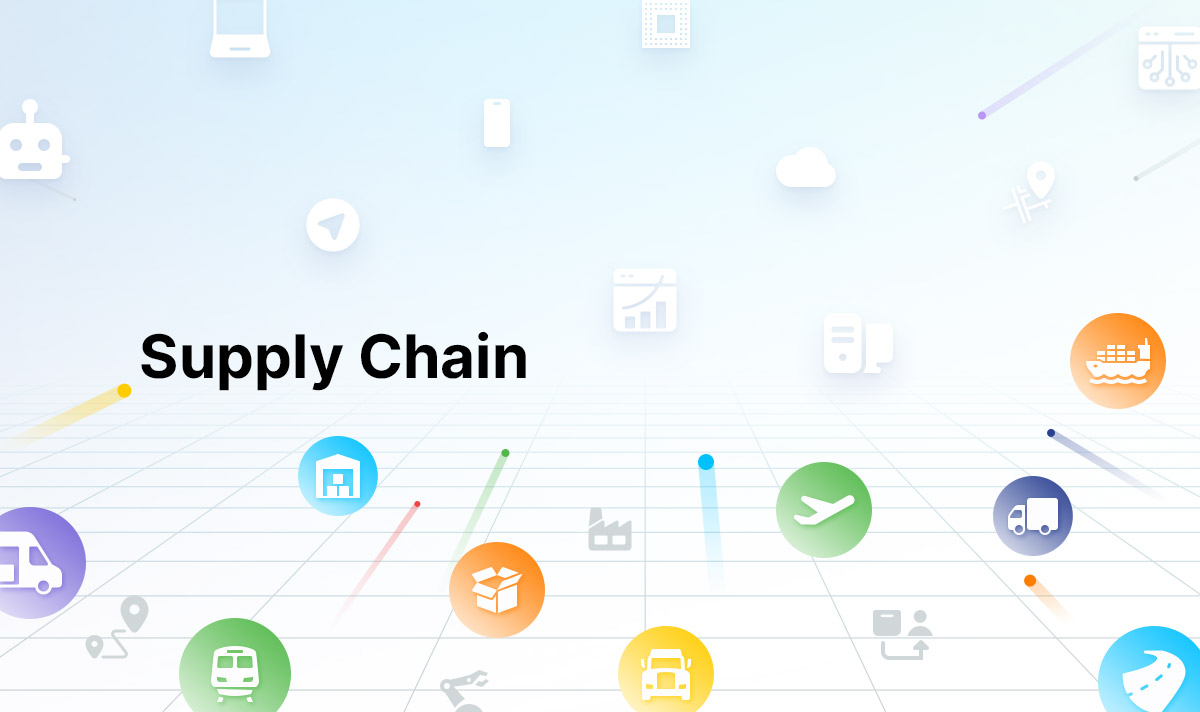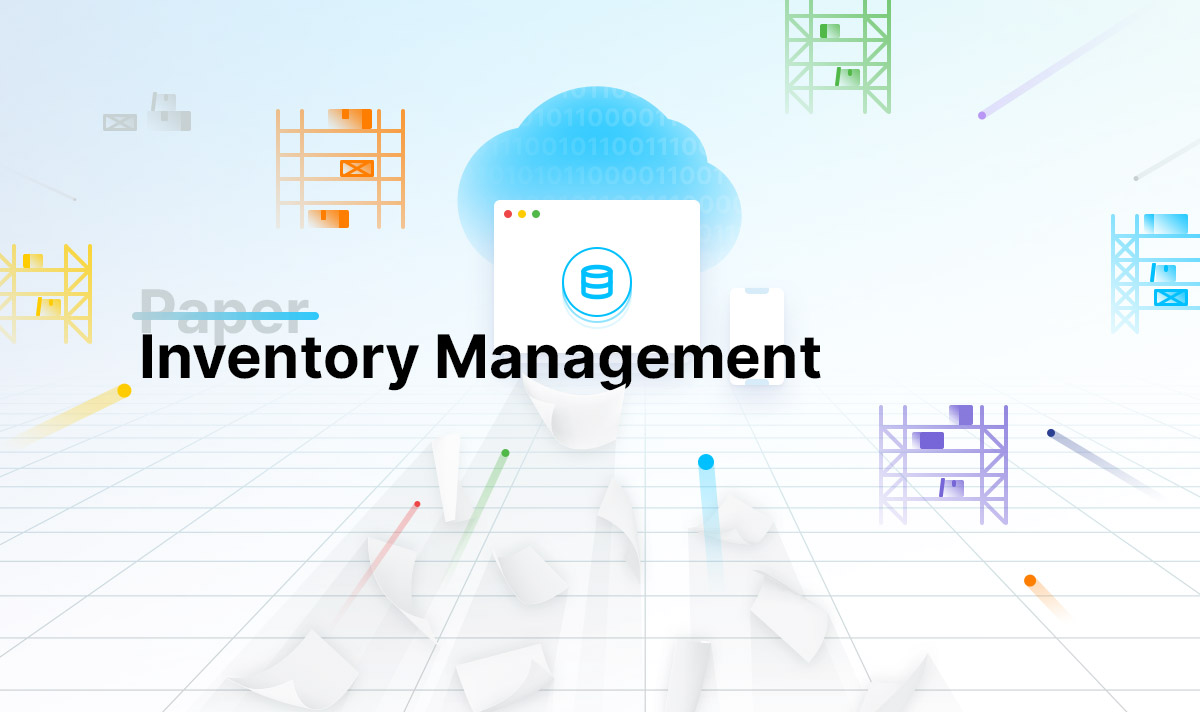All manufacturers have been affected by the never-ending wave of workforce, logistics, and price disruptions, and moreover, the smaller job shops producing custom batches have felt the effects the most acutely. Even without resources devoted to supply chain management, these contract manufacturers might have poor connectivity among their business operations and less organized planning. They may have been able to follow the “have a hunch, buy a bunch” strategy for materials because their inventories and suppliers were so dependable for decades.
By maintaining low inventories, businesses believed they were being lean, but they were not monitoring lead times. It’s possible that long-term workers retired without recording their ordering procedures. Therefore, when the delivery times for their essential materials increased, they were forced into crisis mode and faced with:
- Using alternatives to components that are no longer available
- Supplier onboarding without undergoing vendor qualification
- Reporting a disproportionately high number of errors in work-in-progress
- Choosing inferior component options is required
- Addressing previously unchecked departmental silos that were obstructing the information flow
What does supply chain management entail?
According to market research, the market for supply chain management was estimated to be worth 15.85 billion US dollars in 2020, and by 2026, it is anticipated to be close to 31 billion. Demand management, supply management, S&OP, and product portfolio management are the four main components of the supply chain management process.
1.Demand Control
Demand planning, merchandise planning, and trade promotion planning make up the three components of demand management.
- The process of demand planning involves predicting demand to ensure that goods can be delivered in a reliable manner. A successful demand planning strategy can increase the accuracy of revenue forecasts, match inventory levels to demand peaks and troughs, and increase the profitability of a specific channel or product.
- Merchandise planning is a systematic method for organizing, purchasing, and selling goods to maximize return on investment (ROI) and make goods available at the locations, occasions, costs, and numbers that the market requires.
2.Supply Chain Management
There are five components to supply management: supply planning, production planning, inventory planning, capacity planning, and distribution planning.
- The demand plan generates requirements, and supply planning decides how to best meet them. Achieving the enterprise’s financial and service goals requires striking a balance between supply and demand.
- Production planning takes into account the manufacturing and production departments within a business. It takes into account how resources are distributed among workers, materials, and production capacity.
Planning for supply and production includes
- Managing and working with suppliers to schedule the production process.
- Planning your inventory will help you match it with your business’s needs for production and sales, by determining the right amount to order and when.
- The personnel and machinery required to meet product demand are determined through extensive capacity planning.
- The movement of products from a manufacturer or supplier to the point of sale is managed by distribution network planning. Distribution management is a broad term that covers operations like packaging, inventory, warehousing, supply chain, and logistics.
3.Planning For Sales and Operations (S&Op)
- S&OP is a monthly integrated business management process that allows leaders to focus on critical supply chains drivers such as sales, marketing, demand management, production, inventory management, and new product introduction.
- Through a dynamic connection of plans and strategies across the business, S&OP aims to empower executives to make better-informed decisions, while keeping an eye on the financial and business impact. S&OP, which is frequently repeated on a monthly basis, allows efficient supply chain management and concentrates on an organization’s resources to meet customer demands while remaining profitable.
4.Management of Product Portfolios
Product portfolio management is the process from the conception of a product idea to its introduction to the market. When a product reaches the end of its profitable life or in the event that it doesn’t sell well, a company must have an exit strategy.
Portfolio management for products includes:
- Launch of a new product
- End-of-life considerations
- Planning to become cannibals
- Planning for ramp and commercialization
- The margin of contribution analysis
- Managing a portfolio
- Preparing for platforms, portfolios, and brands
What Skills Are Required for Supply Chain Management?
Companies must combine technical and business expertise with collaboration and communication abilities if they want to pave the way for a transformative future. Because supply chain initiatives frequently span across business units, it is crucial to have the right skills and tools to influence department leaders who collaborate with the supply chain, as well as the ability to communicate intelligently with leaders throughout the organization.
Strong business acumen is also a necessity because speaking the same language as your colleagues in sales, marketing, and finance will help you communicate with them more effectively. Future supply chain managers must be tech-savvy and at ease working with “machines,” according to experts.
Apart from skills, future leaders should employ dynamic tools and software to streamline the entire supply chain management process.
How Automation Can benefit Supply Chain Management?
- Supply chain management (SCM) can be made better reasonably, using innovative technology by boosting mobility, compliance, transparency, cost reductions, productivity, and statistics. The software can also aid in the integration of SCM and enterprise resource planning (ERP) systems to improve cash flow.
- Customizable ERP systems can be integrated with software via a variety of methods, including point-to-point, custom applications, and Enterprise Service Bus (ESB).
- In order to establish a single point of truth for organizational processes, software integration enables ERP systems to access real-time information from multiple sources.
- A number of supply chain functions, such as working with suppliers, giving employees and teams permission based on their roles, automating supply orders, predicting client demand, and maintaining strong security, can also be made simpler and more accurate with the aid of automation.
Wrap Up
Some people have claimed that when discussing the potential conflict between man and machine, managers who use AI will eventually replace those who don’t. This demonstrates how the supply chain is changing: both technology and humanity are crucial. The situation is the new normal; it is not a paradox.
Supply chain professionals must develop their abilities in collaboration, communication, and leadership to succeed in this new environment. These abilities must be combined with in-depth technical knowledge to make them powerful forces in the development of supply chain management software from reputable service providers such as Enliven.
They’re committed to offering future-ready ERP solutions that empower supply chain managers and millennials and help them meet their business goals. They have years of industrial experience and a rich clientele. They are a perfect blend of expertise, innovation, and professionalism. Over the years their team of adept techies has served multiple industries to transform their supply chain system to the next level.






